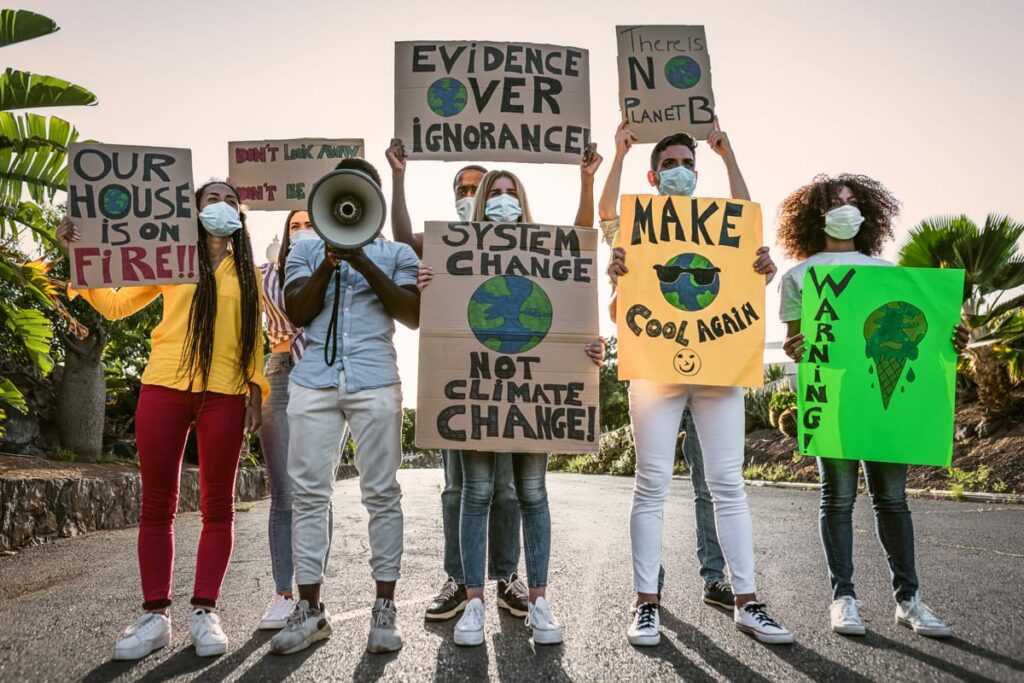As a student, you can do your part to help stop climate change. You can get involved with local projects and vote for legislation that addresses the issue of climate change. Even preteen students can learn about the harmful effects of GHGs.
Making sacrifices to prevent climate change
The importance of making sacrifices to prevent climate change is now becoming a hot topic in the political arena. The Copenhagen Summit failed to produce an agreement on greenhouse gas emissions. Despite the lack of political will to change human factors, the scientific consensus has been overwhelming. One recent study found a correlation between self-sacrifice intentions and global warming perception. The greater the global warming perception, the more willing people were to make sacrifices to protect the environment.
The impact of climate change is truly overwhelming, but it is not impossible to take action. The most significant step toward preventing the destruction of the earth is limiting the emissions of greenhouse gases. While governments will take the most drastic measures, individual citizens can play a role as consumers and employees. By becoming more informed about climate change, students can help shape the future of their country, and they can do their part to help their communities avoid future climate disasters.
Getting involved in local projects
Getting involved in local projects to solve the challenges of climate change as a student can provide them with invaluable skills and connections that will benefit the community and the planet. Students can become involved in various green projects in your local community, whether planting trees or promoting alternative energy. Driving is a significant contributor to global warming. Students can influence your city to reduce its emissions by participating in a project by opting for a more fuel-efficient vehicle. Students could also advocate for alternative energy purchases or even get their friends to switch to sustainable transportation.
You can also get students to start a blog at school and discuss climate change and local projects that will improve your community’s habitats. Students can write entries about the climate change projects they have been involved with, from scientific write-ups to journal entries and creative pieces. You can even get them to make posters or videos displayed in local communities. By getting students involved, they can learn about environmental projects and become actively involved.

Getting involved in local projects to solve the challenges of climate change as a student can be a great way to learn about the topic. Climate action is a global movement that promotes individual and governmental action to solve climate problems. Climate change activism is an excellent way to get involved in local projects to address climate issues through its grassroots nature.
Civically active students should also get involved in projects at their schools. Students should be empowered to take responsibility for their actions, whether it is a political or a business venture. By doing this, they will gain valuable civic action skills and help influence policymakers. They can also help create a global climate change education plan to educate children about its implications.
Voting for legislation that addresses climate change
College students concerned about climate change may be able to make a difference by voting for climate-change legislation. Many corporations have politicians on their payroll, and they use lobbyists to fight regulations. Voting for climate-change legislation is an effective way to stand up to those corporations and show them that you care about our planet and are willing to fight them.
Climate action projects in schools are a great way to generate momentum for climate change education and activism. Whenever possible, engage teachers and community actors in these projects. The energy and enthusiasm of students can influence the mindsets of parents. While traditional climate change communication has failed to sway parents, students can make a difference by using the power of education to change their behavior and attitudes about climate change. By advocating for policies that help mitigate climate change, students can help communities already affected by the issue.
According to the Center for American Trends Panel, seventy-two percent of American adults say they take specific environmental actions every day. While Democrats and Republicans remain at ideological odds on this issue, most citizens are moving towards positive change when it comes to climate. A recent survey of 3,627 adults found that most believe that climate policies should be taught in schools, and most teachers say it would push their students past what they know.
Investing in solar energy
Investing in solar energy as a college student can help you address climate change and help save the planet. The world is facing a severe shortage of clean energy, and the electric power industry is the number one contributor to greenhouse gas emissions, at over 28%. Solar heating and cooling systems can provide up to 80% of the energy required for space and water heating. This energy is also free and can be harvested for residential, commercial, and industrial purposes.
Besides being cost-effective, solar power can help offset the use of fossil fuels. It also produces medium and high-temperature heat. If you are interested in investing in solar energy as a college student, you can help solve the problems of climate change and solve the issues of energy supply. You can start a solar farm or set up a photovoltaic power plant to produce electricity and heat for the home.














